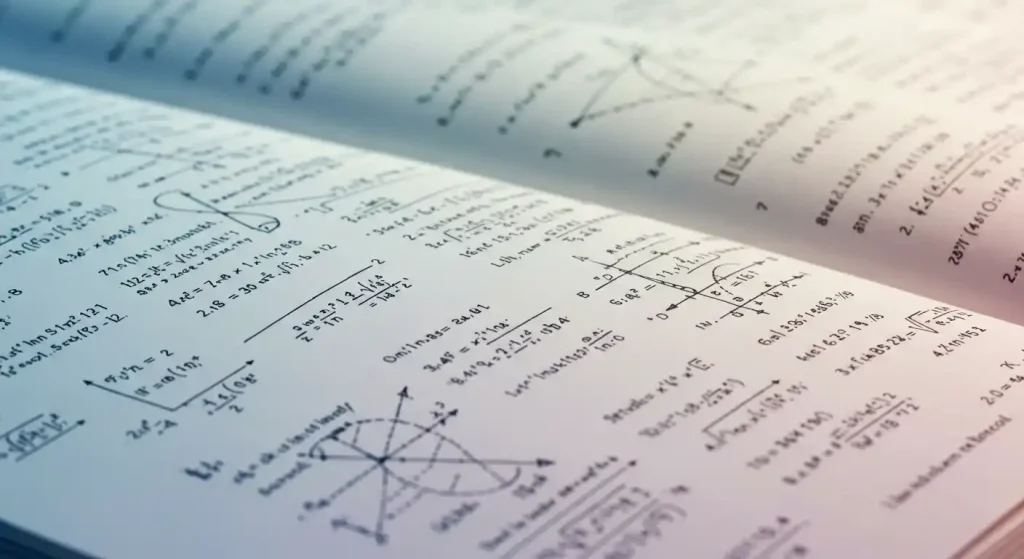The 5th grade math angles test is an important tool for reinforcing students’ basic geometry concepts. Concepts such as acute, right, obtuse, and straight angles are measured in these tests using different question types. Students learn to reach correct results using a protractor. This develops their mathematical thinking skills and increases their ability to solve angle problems they encounter in daily life. The tests usually contain multiple-choice questions and are designed to strengthen students’ visual perception. This makes it easier for them to recognize how angles appear in real life.
The 5th grade math angles test is also very effective in identifying gaps in understanding the subject. The questions students get wrong indicate which topics need to be reviewed. This allows teachers to adjust their lesson plans according to these gaps. A thorough understanding of angle concepts facilitates a smoother grasp of triangles, quadrilaterals, and other geometric shapes in subsequent grades. Regular administration of tests boosts students’ confidence and reduces test anxiety. This contributes to both academic success and the development of a positive attitude toward mathematics. Furthermore, these tests serve as an important step in developing students’ analytical thinking and problem-solving skills.
Grade 5 Math Angles Test
Grade 5 math angles tests are an effective method for increasing students’ interest in geometry. These tests teach how to use the concepts of acute, right, obtuse, and straight angles in practice. Thanks to the protractor used to measure angles, students both develop their manual skills and learn to calculate correctly. The tests reinforce concepts while also supporting visual memory.
To better understand the concept of angles, it is important to know the basic definitions:
- An angle is formed at the corner where two rays
- Right angles measure 90° and are called right angles.
- Obtuse angles measure between 90° and 180°.
- Acute angles are smaller than 90° and are more closed than right angles.
- It is important to use a protractor to measure angles correctly.
These basic rules help students systematically grasp the concept of angles. Students who learn these points can solve problems faster and begin to apply the concept of angles in their daily lives.
Learning this basic information facilitates the transition to topics related to triangles and other geometric shapes in the future. This allows students to solve questions more consciously and identify areas they do not understand so they can review them. The habit of regularly taking tests increases students’ chances of success in both school exams and centralized exams. This process also develops their logical thinking and quick decision-making skills.

Math Test 5th Grade Angles
In the math test angles section, students learn to identify and measure angles in shapes. To understand the types of angles, the basic elements must first be grasped. The most important elements that define an angle are the concepts of side and point. The sides are thought of as rays, and the point where these rays meet forms the vertex of the angle. This allows students to define angles correctly, both visually and conceptually.
There are some points to consider when measuring angles:
- The measurement value of an angle is found using a protractor.
- The measurement result is expressed in degrees.
- As the space between the sides increases, the angle increases.
- All angles between 0° and 180° can be measured.
- Regularly taking tests increases the student’s speed and accuracy.
Students who pay attention to these steps both measure correctly and learn the concept of angles permanently. This way, they will not experience difficulties when working on more complex geometric shapes in later years.
Thanks to these tests, students determine the measurement value of the angle using a protractor and express this value in degrees. With continuous practice, students become able to quickly estimate how many degrees an angle is. This skill greatly facilitates learning triangle types and angle relationships in later years. Math tests also develop students’ analytical thinking and problem-solving skills, preparing them for advanced math topics.
